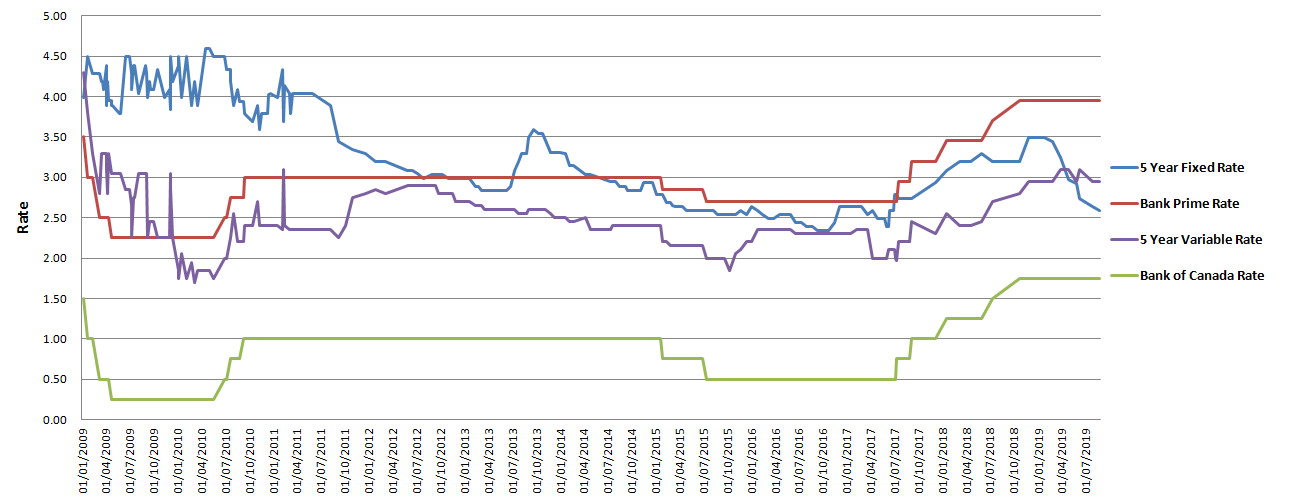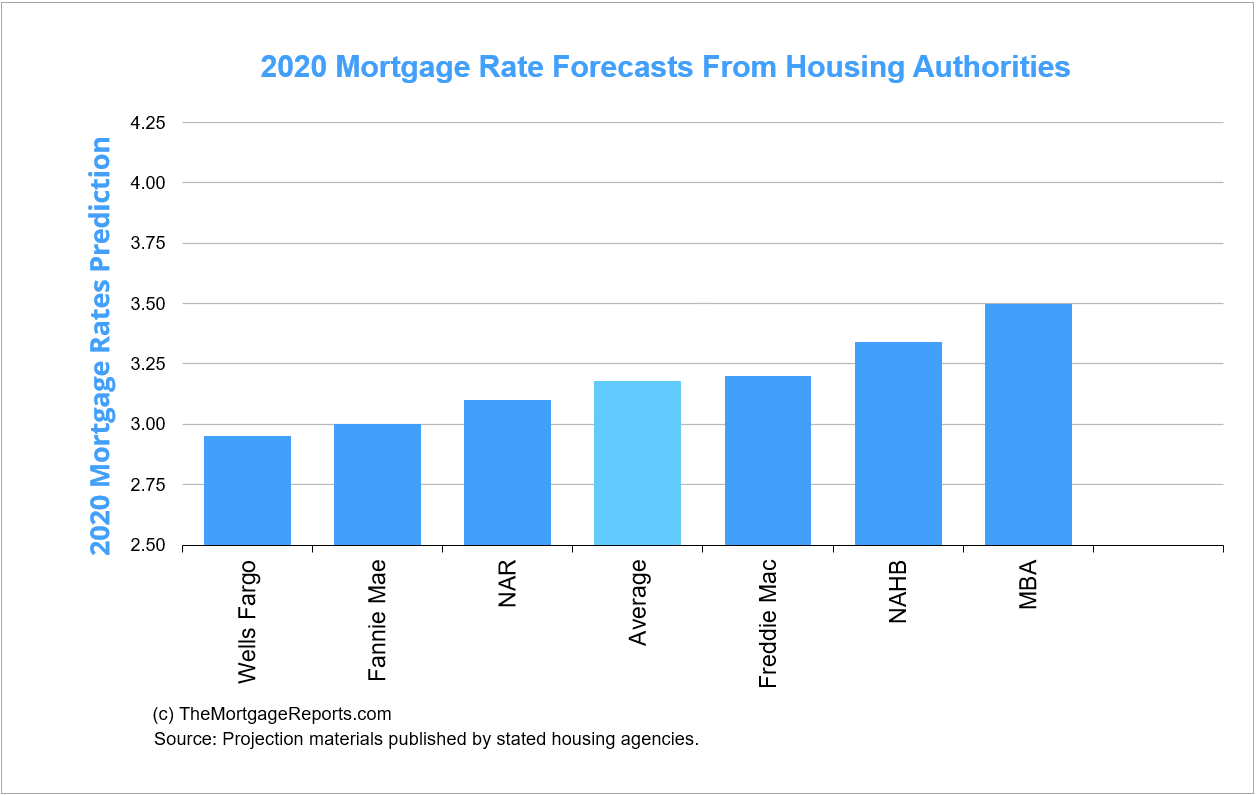The standard loan is a falling debt, rising equity loan, while the reverse home loan is a falling equity, rising financial obligation loan. To put it simply, as you make payments on a standard loan, the quantity you owe is decreased and for that reason the equity you have in the residential or commercial property increases in time.
There is a secret here that I am going to let you in on. Two. There is never ever a payment due on a reverse home loan and there is also no prepayment charge of any kind. Simply put, you can make a payment at any time, approximately and including payment in complete, without penalty.
The quantity loaned in a reverse home loan is determined differently than a standard home mortgage. You do not hear people speaking about the "loan-to-value ratio" like you would on a conventional loan. On a traditional loan, the loan provider agrees to lend a set quantity that is identified as a hannah and michael goldstein percentage of the value of the house.

The age of the youngest debtor, worth of the house or the HUD financing limitation (whichever is less) The interest rates in effect at the time Expenses to acquire the loan (which are deducted from the Principal Limit) Existing home loans and liens (which should be paid completely) Any staying cash comes from you or your heirs.
The older you are when you take out a reverse home mortgage, the more you will get under the program https://gregoryslfo487.shutterfly.com/52 based on the HUD calculator. You need to be at least 62 years of age for a Additional reading reverse home loan. The Principal Limit of the loan is identified based on the age of the youngest customer due to the fact that the program uses actuarial tables to figure out for how long customers are most likely to continue to accrue interest.
Facts About How Do Muslim Mortgages Work Uncovered
Obviously there will constantly be exceptions, however the premise is that a 62-year-old debtor will have the ability to accumulate a lot more interest over his or her life than an 82-year-old borrower with the very same terms, so the HUD calculator allows the 82-year-old borrower to start with a greater Principal Limit.
In addition to these options, they can utilize a customized variation of each and "mix" the programs, if you will. For instance, a borrower born in 1951 who owns outright a $385,000 home might choose it is time to get a reverse mortgage. Why? The debtor wants $50,000 at near to make some changes to the home and to fund a college plan for her grandchild.
She can take a modified term loan with a $50,000 draw at closing and established the month-to-month payment for four years of $1,000 each month. That would leave her an additional $107,000 in a line of credit that she would have readily available to utilize as she pleases. how do cash back mortgages work in canada. If she does not utilize the line, she does not accrue interest on any funds she does not use and the on the unused part.
Let us take a look at the $200,000 credit line revealed above. As we went over, lots of people used to think about the reverse home loan a last option. But let us think about another customer who is a savvy organizer and is preparing for her future needs. She has the income for her current requirements but is worried that she might need more money later on.
Her line of credit grows at the same rate on the unused portion of the line as what would have accumulated in interest and had she obtained the money - how adjustable rate mortgages work. As the years go by, her credit limit increases, indicating if she one day requires more funds than she does now, they will be there for her (how do interest only mortgages work).
All About How Do Home Mortgages Work With Down Payment
If rates of interest increase 1% in the third year and another percent in the 7th, after 20 years her readily available credit line would be more than $820,000. Now obviously this is not income, and if you do obtain the cash you owe it and it will accrue interest.
But where else can you ensure that you will have between $660,000 and $800,000 readily available to you in twenty years? The calculator is shown below, and you can see the really modest rate increases utilized. If the accrual rates increase more the growth rate will be higher. The needs you to take a lump sum draw.
You can not leave any funds in the loan for future draws as there are no future draws permitted with the fixed rate. The reason for this is because of the growth of the line. As you can see the development rate can be quite significant and if there were numerous borrowers with yet unused funds who obtained at low fixed rates but wanted to lastly access their funds years later on after rates had increased, borrowers would have considerably higher funds offered to them at rates that were not offered and may not have the ability to cover the demand of below market ask for funds.
Because debtors experienced a much greater default rate on taxes and insurance coverage when 100% of the funds were taken at the initial draw, HUD changed the method by which the funds would be offered to borrowers which no longer permits all customers access to 100% of the Principal Limit at the close of the loan.
HUD calls these required benefits "mandatory commitments. You have access to approximately 100% of their Principal Limit if you are utilizing the funds to purchase a home or to pay mandatory obligations in combination with the deal. You can also consist of as much as 10% of the Principal Limit in cash (up to the maximum Principal Limit) above and beyond the compulsory commitments if needed so that you can still get some money at closing.
An Unbiased View of How Mortgages Work Canada

If you have a $100,000 Principal Limit and no loans or liens on your home, you can take up to 60% or $60,000 of your proceeds at closing or whenever in the very first 12 months of the loan. You can access the remaining $40,000 at any time. This is where the fixed rate loan begins to impact borrowers the many.
To put it simply, per our example, as a set rate customer you would get the $60,000, however due to the fact that the repaired rate is a single draw there would be no additional access to funds. You would not, for that reason, be able to get the additional $40,000 and would surrender those funds. If you were using the whole $100,000 to pay off an existing loan, either program would work equally well since all the cash would be needed to settle the necessary obligation (suggesting the existing loan) which HUD enables.
Particularly if you have a loan that you are settling. There is frequently room in the value of the loan for the lending institution to make back cash they invest on your behalf when they sell the loan. Loan provider credits are allowed by HUD. Look around and see what is readily available.